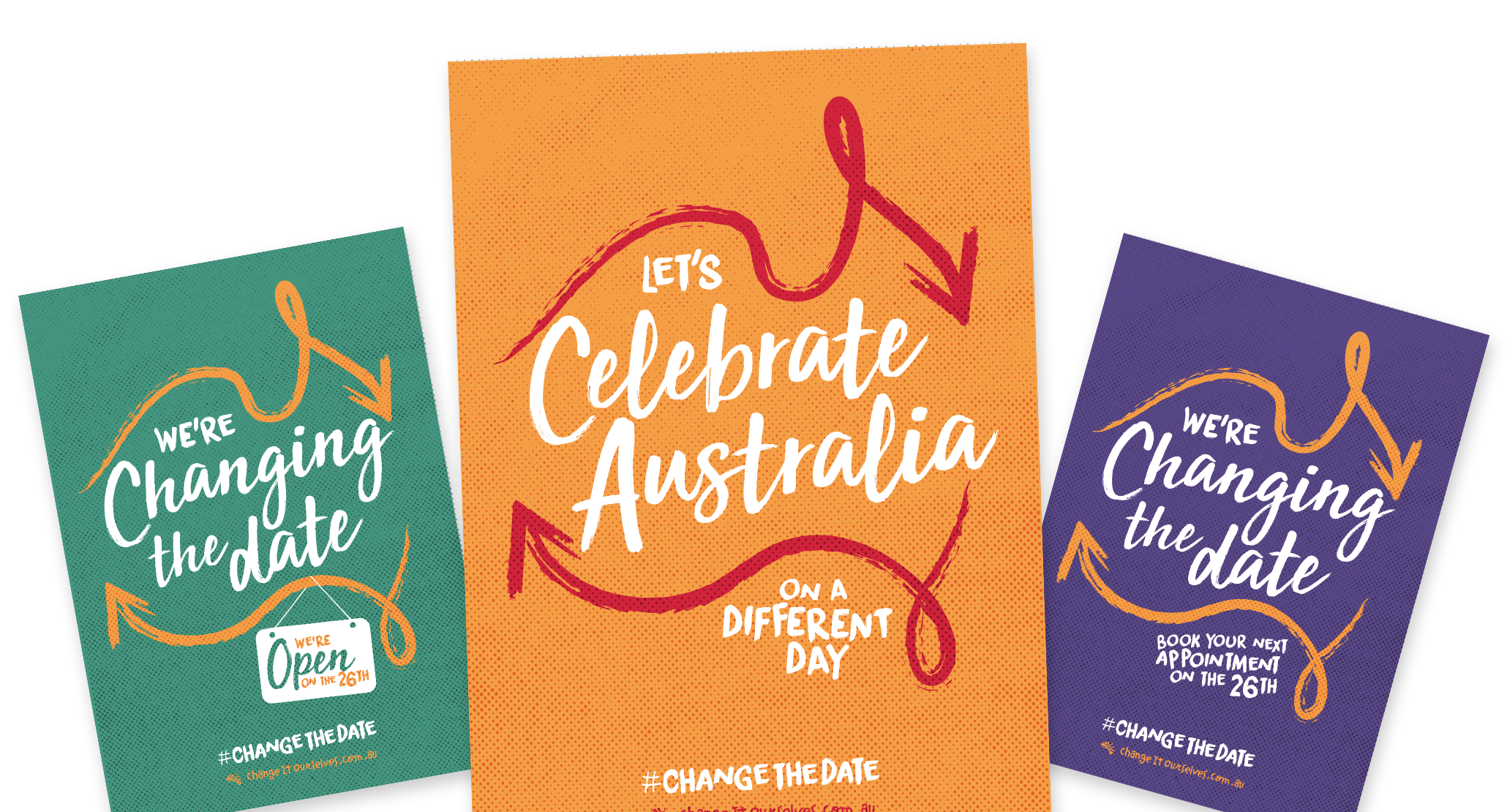Why Change the Date of Australia Day?
The 26th of January was chosen as the date of Australia Day because it was the day the first of the British ships arrived in what we now call New South Wales. As such, for Aboriginals and Torres Strait Islanders this date represents the beginning of their dispossession.
For many of them, and many other Australians, that date can't be seen as anything other than a day of mourning for the First Nation's Peoples.
But how we celebrate and symbolise Australia has been an ongoing discussion with changes and debate continuing from the 1800’s to today.
Debate over the date, what the day means, or even the symbols and slogans used to promote it, are important to the process of defining how we want to celebrate into the future.
For Aboriginals and Torres Strait Islanders
The loss of their culture and the hardships of their ancestors are closely tied to the 26th of January being the arrival date of the British ships.
Now, and since the 26th was described as a day of mourning in 1938, many Australians want to further adapt celebrations to better recognise the First Nation's Peoples and their roles in history, and to properly acknowledge what events of the 26th meant for their cultures.

In further evolving Australia Day,
we can help change what celebrating Australia means for the First Nation's Peoples.
We Love Australia
While it’s easy to confuse changing the date of Australia Day with being unpatriotic, that's not the case. Many who believe in changing the date do so precisely because they want to celebrate Australia and they don’t feel that the 26th represents aspects of history that should be celebrated.
Is This a Solution?
Changing the date we each take the public holiday certainly isn’t a solution, but it is an action we can do as individuals to provide support for a further discussion about a solution.
Aren't There Bigger Issues?
There are certainly bigger issues facing the First Nation's Peoples and their cultures, and while this debate continues it can sometimes feel as though it overshadows these issues. This issue, however, and the lack of government acknowledgement, has become representative of broader issues.
Unlike other issues, where solutions are complicated, the problem of celebrating on the 26th is easily solved. Changing the date wouldn’t detract from anyone’s love of Australia, but it would provide a valued step that helps acknowledge the First Peoples as a valuable part of it.
Changing the date helps us step closer to properly addressing issues facing Aboriginal and Torres Strait Islander Peoples today.
Celebrating Better
We celebrate with citizenship ceremonies, we organise parades, we have bbq’s and parties, and all of these things make the date we celebrate meaningful; But we can welcome new citizens on another day, we can enjoy parades on another day, and we can celebrate Australia on another day. These things we can do and still continue the intended meaning in the celebration, but we can’t rewrite the past and so we can’t change what the 26th meant for Aboriginals and Torres Strait Islanders.
We can’t rewrite the past,
but we can change how we acknowledge it into the future.

Show Your Support
Sources
This article references information from Dr Elizabeth Kwan’s study Celebrating Australia: A History of Australia Day.
Dr Kwan’s research paper can be downloaded from the Yumpu website and the summary section is also included as an excerpt below to demonstrate the adaptability of the date and celebration.
Note that Dr Kwan's references to the "Australian Natives' Association" refer to an organisation for native born individuals of European descent - Not Aboriginals or Torres Strait Islanders.
Celebrating Australia:
A History of Australia Day
Excerpt:
To summarise, New South Wales—Sydney especially—has long celebrated 26 January to mark the beginning of British occupation of Australia. Victoria and the other Australian states and territories, persuaded by the Australian Natives’ Association, came to accept Australia Day by 1935, celebrating it together with a long weekend. Since 1979, federal government promotion of an Australia Day that was less British and more Australian gave the day a higher profile in the hope of unifying Australia’s increasingly diverse population. The long weekend gave way to the day itself in 1994, and ten years later Canberra displaced Sydney as the day’s focal point.
However, Aboriginal Australians have continued to feel excluded from what has long been a British pioneering settler celebration, symbolised by the raising of the Union Jack and later the Australian flag which bears the British flag. Debate over the date and nature of Australia Day continues as the National Australia Day Council seeks to meet the challenge of making 26 January a day all Australians can accept and enjoy.